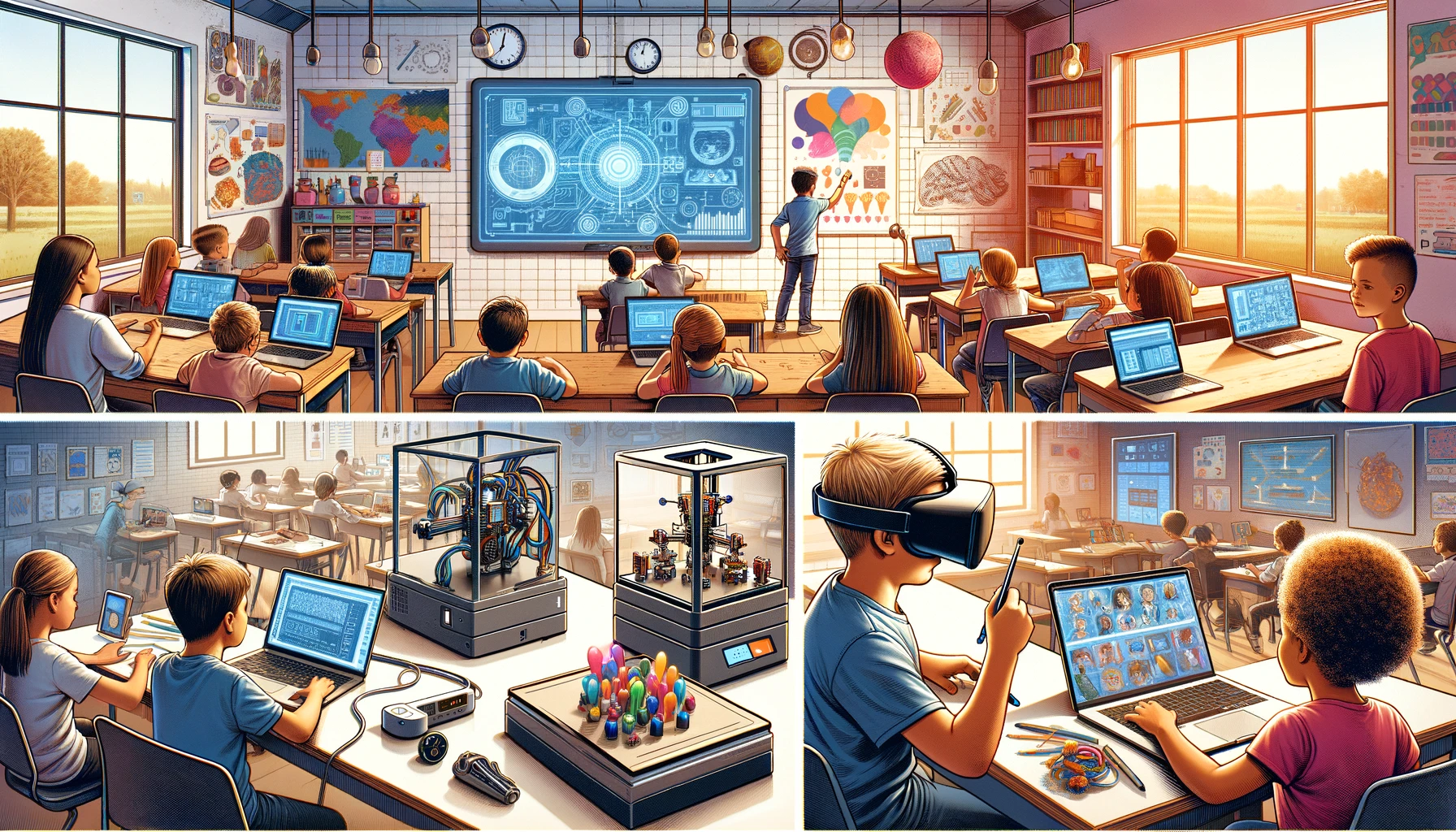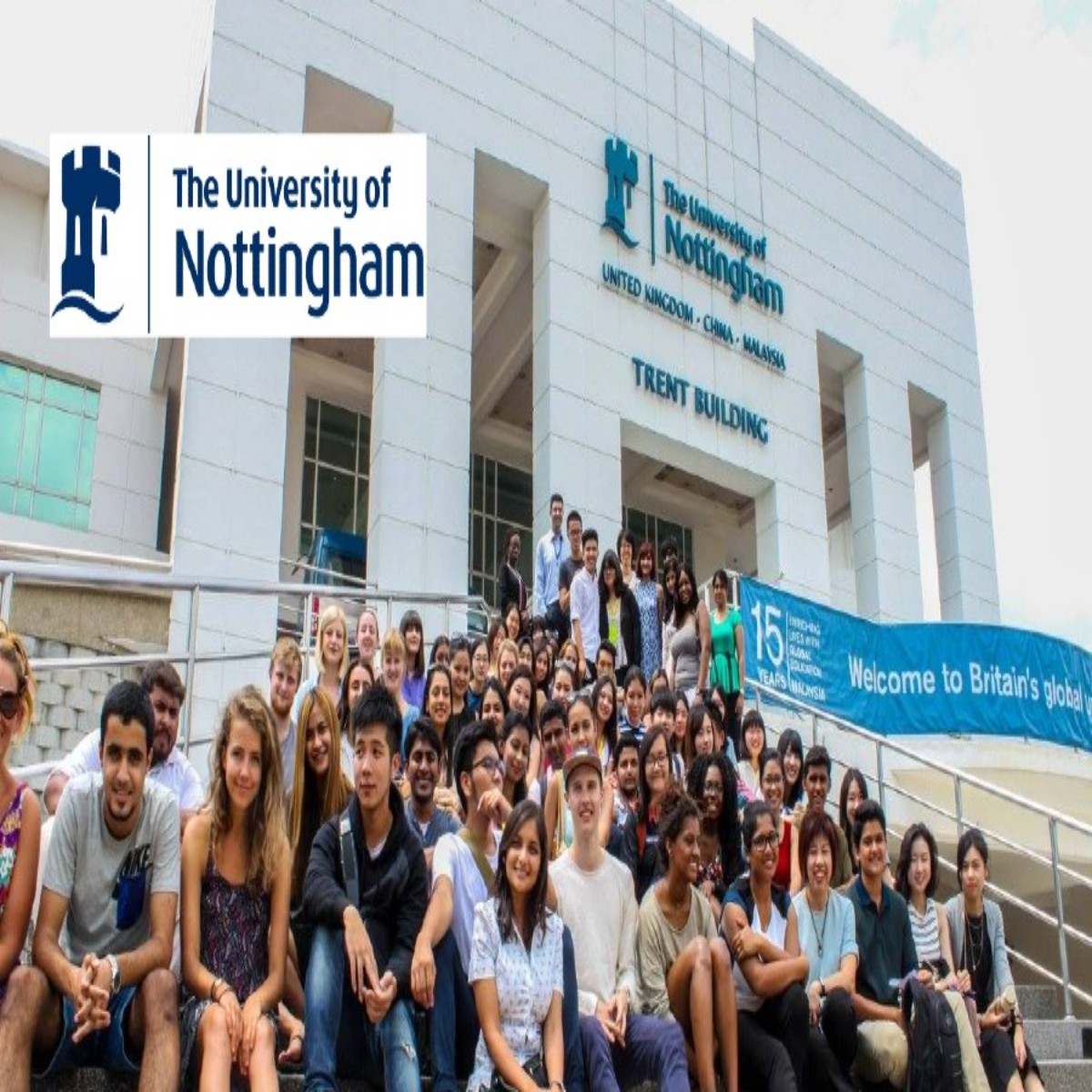The integration of technology into U.S. classrooms has dramatically transformed the landscape of education. Today, technological tools are not just supplementary learning aids but are central to the educational process, particularly in facilitating hands-on learning. This post explores how technology is enhancing hands-on learning experiences for students in American schools, making education not only more interactive but also more effective.
1. Interactive Learning Environments
Interactive whiteboards and touch screen displays have become common in U.S. classrooms, replacing traditional blackboards. These tools allow teachers to present multimedia content that can be manipulated by students in real-time. For example, science teachers can use interactive simulations to demonstrate complex biological processes or physical reactions. This form of interactive learning not only engages students but also allows them to explore concepts more deeply through direct manipulation and experimentation.
2. Virtual and Augmented Reality
Virtual Reality (VR) and Augmented Reality (AR) technologies are pushing the boundaries of hands-on learning by immersing students in environments that would otherwise be inaccessible. Through VR headsets, students can take virtual field trips to historical sites, distant planets, or even inside the human body. AR, on the other hand, can overlay information on a student’s physical environment, allowing for a blend of digital and real-world exploration. For instance, AR apps can enable students to see chemical reactions by pointing their devices at specific markers on their desks.
3. 3D Printing
3D printing technology has brought a significant revolution in tactile learning. In subjects like engineering, mathematics, and science, students can design and print three-dimensional models. This capability allows them to transform abstract concepts into tangible objects, enhancing comprehension and retention. For example, math students can print 3D models of geometric shapes to better understand volume and area, while biology students can print out sections of DNA or virus models for hands-on study.
4. Robotics and Coding
Robotics kits and coding platforms have become highly effective in teaching logical thinking and problem-solving skills through hands-on learning. Programs like LEGO Mindstorms or Arduino kits allow students to build and program robots to perform specific tasks. This not only teaches them the basics of engineering and physics but also coding skills, which are essential in the modern digital world. By solving real-world problems through robotics, students develop a hands-on understanding of the subjects they are studying.
5. Digital Collaboration Tools
Technology has also introduced new dimensions to collaborative learning. Digital collaboration tools such as Google Classroom, Microsoft Teams for Education, and various project management apps, allow students to work together on projects remotely. These tools enable students to share resources, discuss in real-time, and collectively edit project documents. This aspect of technology supports hands-on learning by allowing students to be actively involved in constructing their educational journey alongside their peers.
Conclusion
The impact of technology in U.S. classrooms, particularly in enhancing hands-on learning, is profound and multifaceted. As educational technology continues to evolve, it promises even more exciting opportunities for interactive and tactile learning. These technological tools not only support the academic curriculum but also equip students with necessary 21st-century skills such as creativity, critical thinking, and collaborative abilities. As schools continue to harness the full potential of educational technology, the future of hands-on learning looks both promising and incredibly dynamic. The challenge for educators will be to integrate these tools in ways that consistently enhance learning outcomes without overwhelming the educational process. With thoughtful implementation, the synergy between technology and hands-on learning can provide enriching educational experiences that prepare students effectively for their future careers.






